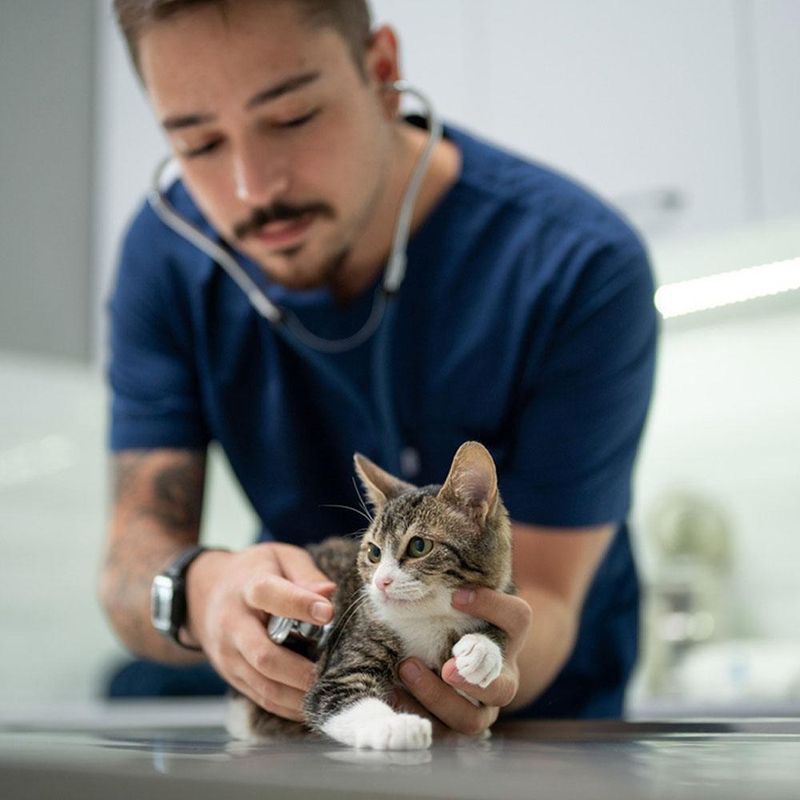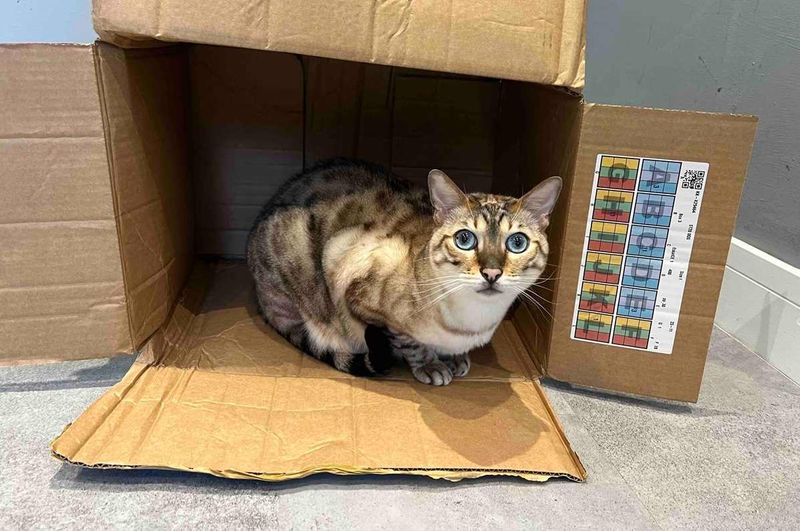📖 Table of Content:
Whether you’re adopting a cuddly kitten or a cautious adult, the first week is crucial in setting the tone for your relationship. This is the time when your cat will begin forming impressions of their new environment, you, and their daily routine.
Just like humans, cats thrive on safety, routine, and understanding. Their instincts drive them to seek out secure places, test boundaries, and slowly assess the trustworthiness of their surroundings. Your goal in the first week isn’t just to make your cat feel comfortable—it’s to begin building a foundation of trust, structure, and care that will support them throughout their life.
To help you make a smooth transition, we’ve compiled a list of seven essential things every new cat parent should do in their first week. These aren’t just chores—they’re steps toward creating a peaceful, loving home for your feline companion.
1. Set Up a Safe, Quiet Space
Start by designating a small, quiet area of your home just for your new cat. This controlled environment acts as a sanctuary where they can decompress without being overwhelmed by noise or activity. Include a cozy bed, clean litter box, fresh water, food bowls, and a few toys to help them settle in. If you live with others (including other pets), limit access to this space for now to avoid stress. A closed-off room or a quiet corner works wonders in helping cats feel grounded. Let your cat explore this space at their own pace—no need to rush introductions to the rest of your home. Think of this as your cat’s “soft landing” in their new world.
2. Visit the Veterinarian
Getting a wellness check early on sets the tone for a healthy life ahead. Your veterinarian can check for underlying health issues, confirm vaccinations, and offer personalized guidance on diet and preventive care. This visit also helps establish your cat’s medical history, which is essential for future check-ups or emergencies. While car rides and vet visits can be scary for cats, using a comfy carrier and speaking softly can help ease anxiety. Don’t forget to bring any adoption or medical paperwork you received from the shelter or breeder. Keep a list of questions or observations to share with the vet—no concern is too small. Starting a vet relationship early on means you’re never unprepared.
3. Establish Feeding & Litter Box Routines
From the very beginning, consistency is your best friend. Feed your cat at the same times each day to create a predictable rhythm they can rely on. Use the same type of food they’re accustomed to initially, then transition slowly if needed. Make sure fresh water is always available, and place the food and litter box in quiet, separate spots. Clean the litter box daily—cats are particular about hygiene and may refuse to use a dirty one. Notice how often they eat, drink, and use the litter box; this can help you identify issues early. A stable routine fosters confidence and prevents stress-based behaviors.
4. Give Them Time to Adjust
Patience is the greatest gift you can offer during this adjustment phase. Your cat may hide for hours or even days—this isn’t rejection, it’s instinct. Allow them to come out on their own terms, without forcing interaction. Keep loud noises, excessive handling, and introductions to a minimum during these first few days. Sit quietly in their space while you read or work so they can observe you calmly from a distance. Over time, your presence becomes familiar and comforting. Respecting their boundaries now will pay off in trust and affection later.
5. Begin Bonding Through Play
Interactive play is one of the easiest ways to start connecting with your new cat. Use toys like wand feathers or mice to mimic hunting behavior, which taps into their natural instincts. Not only does this help burn off nervous energy, but it also creates positive experiences linked to your presence. Vary the toys and play styles to see what excites them most—some cats love to chase, others prefer to stalk. Keep sessions short but consistent (5–10 minutes twice a day is a great start). Avoid using your hands as toys to prevent unintentional scratching or biting habits. Play is communication—learn their language.
6. Cat-Proof Your Home
Before your curious cat explores, make sure your space is safe. Bundle and hide cords, secure cabinets, and remove any toxic plants or human foods from reach. Shut windows, screens, or crawl spaces that could become accidental escape routes or hazards. Store cleaning supplies and medications in places they can’t access. If it’s small enough to swallow or knock off a shelf, assume it will be. Check for dangling blinds, plastic bags, or sharp objects that could pose harm. Taking a few preventative steps now can prevent accidents and reduce emergency vet visits.
7. Start Building Positive Associations
Focus on creating experiences your cat will come to associate with comfort and safety. Use a calm voice, slow movements, and treats to reinforce positive interactions. Celebrate the small wins—like them eating in front of you or letting you gently pet their head. Gradually introduce them to new rooms, sounds, or household members, always at their pace. Consider using a calming pheromone diffuser to help soothe nerves. Let them see you as the provider of all good things—food, warmth, play, and affection. Trust isn’t automatic, but it builds with every gentle, consistent act.







